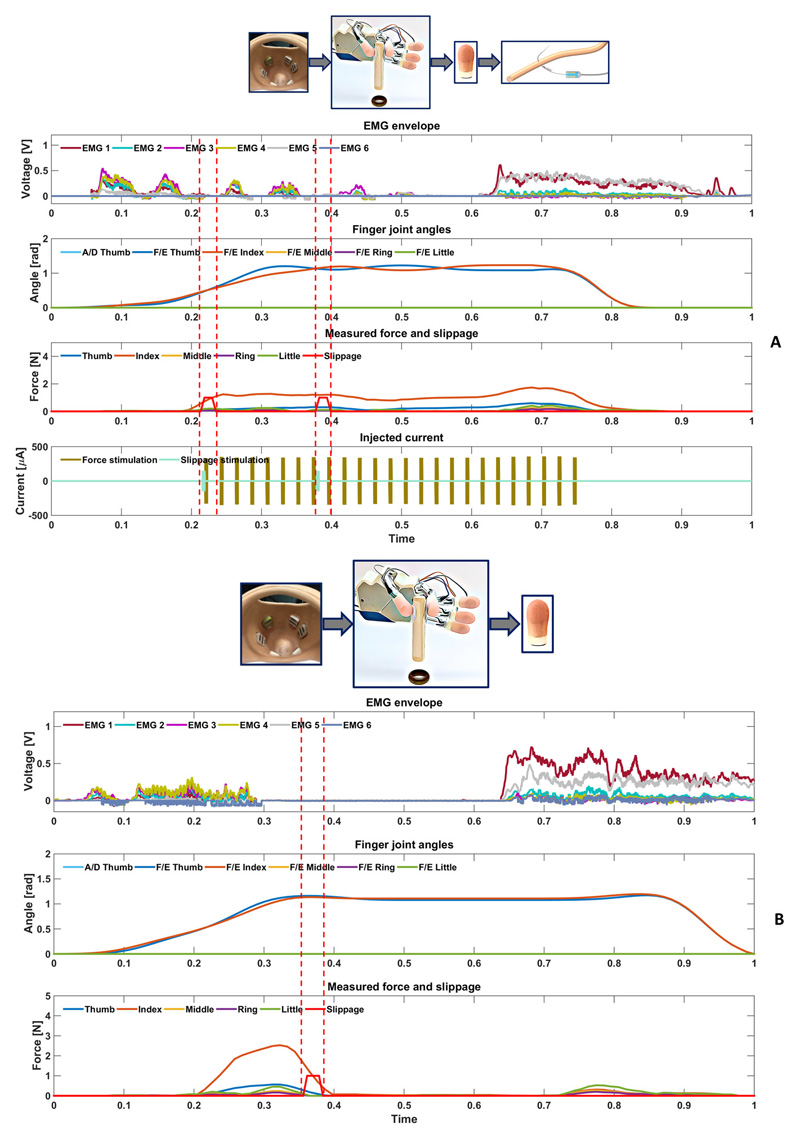Figure 4. Real-time force-and-slippage control of a manipulation task with neural feedback.
(A) With neural feedback. The participant performed a manipulation task of shape sorter of a small cylindrical object: the pinch gesture was selected by the EMG classifier and thumb and index fingers started moving. Once the object was touched, force feedback was provided. The slippage event was felt by the participant, who closed the hand and actively tuned the level of force by producing a variation in the EMG signal. Grasp stability was reached up to the end of the trial. Hence, the open hand gesture was classified and the hand re-opened. (B) Without feedback. The participant performed a manipulation task of shape sorter of a small cylindrical object: the pinch gesture was selected by the EMG classifier and thumb and index fingers stared moving. Once the object was touched, the applied force was measured and slippage was detected by the sensors. There was no stimulation. The patient was not able to feel the detected slippage event and, consequently, the object fell. The forces vanishes accordingly. At the end of the trial, the open hand gesture was classified and the hand re-opened.

